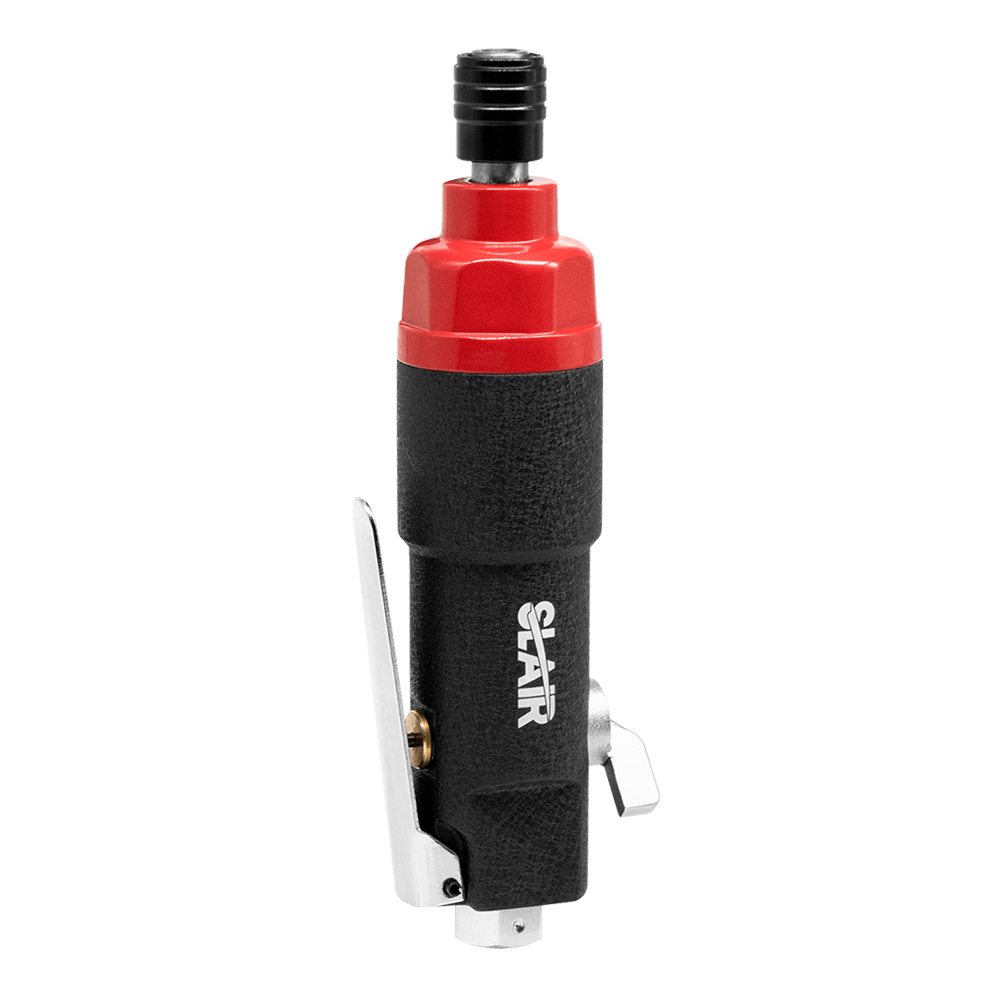The torque adjustment on an air straight screwdriver typically works through an adjustable clutch mechanism. Here's how it generally functions:
Clutch Mechanism and Components: Within an air straight screwdriver, the torque adjustment system revolves around a sophisticated clutch mechanism. This clutch is composed of intricate components designed to engage and disengage based on the torque setting selected by the operator. It acts as a pivotal interface between the motor's rotational force and the screw-driving action, ensuring controlled and precise torque application.
Settings and Precision Calibration: Air straight screwdrivers are equipped with a range of torque settings that are clearly marked for ease of selection. These settings are calibrated to correspond to specific torque levels required for different types of fastening tasks. Each setting represents a distinct torque output threshold, meticulously tuned to accommodate the varying demands of materials, screw sizes, and assembly specifications encountered in industrial settings.
Adjustment Mechanism: Adjusting the torque on an air straight screwdriver is facilitated through a user-friendly interface, typically a dial or knob strategically positioned on the tool's housing. This ergonomic design allows operators to swiftly and accurately adjust the torque level by rotating the dial to the desired setting. The mechanism internally alters the clutch engagement point, thereby modifying the sensitivity of the tool to torque variations during operation.
Functional Objectives: The primary objective of torque adjustment is to empower users with unparalleled control and operational precision during screwdriving activities. By meticulously setting the torque, professionals can achieve uniform and consistent tightening across multiple fasteners within a single assembly project. This capability is indispensable in sectors where adherence to stringent quality standards, such as aerospace, automotive, and electronics manufacturing, is imperative.
Operational Dynamics: When the preset torque threshold is reached during fastening, the clutch mechanism swiftly disengages, interrupting the transmission of rotational force from the motor to the screw bit. This instantaneous disengagement mitigates the risk of over-tightening, safeguarding delicate components from damage and preventing material fatigue or thread stripping. Consequently, it optimizes operational efficiency by reducing downtime associated with rework and repair tasks.
Versatility and Adaptability: Air straight screwdrivers equipped with torque adjustment capabilities are inherently versatile, catering to a diverse array of application scenarios. From intricate tasks necessitating minimal torque output, such as microelectronics assembly, to robust fastening operations demanding higher torque levels for structural integrity, these tools seamlessly adapt to meet the dynamic demands of modern industrial environments.
Safety and Reliability Enhancements: By facilitating precise torque control, the adjustment feature enhances workplace safety by mitigating the inherent risks associated with manual fastening processes. It fosters a secure operational environment by minimizing the likelihood of workplace accidents stemming from over-exertion or excessive force application. The reliability of assembled components and systems is bolstered, ensuring optimal performance and longevity without compromising product integrity.
SLAIR AIR PNEUMATIC SCREWDRIVE-35NM






 English
English 中文简体
中文简体 русский
русский Deutsch
Deutsch Português
Português Español
Español
















